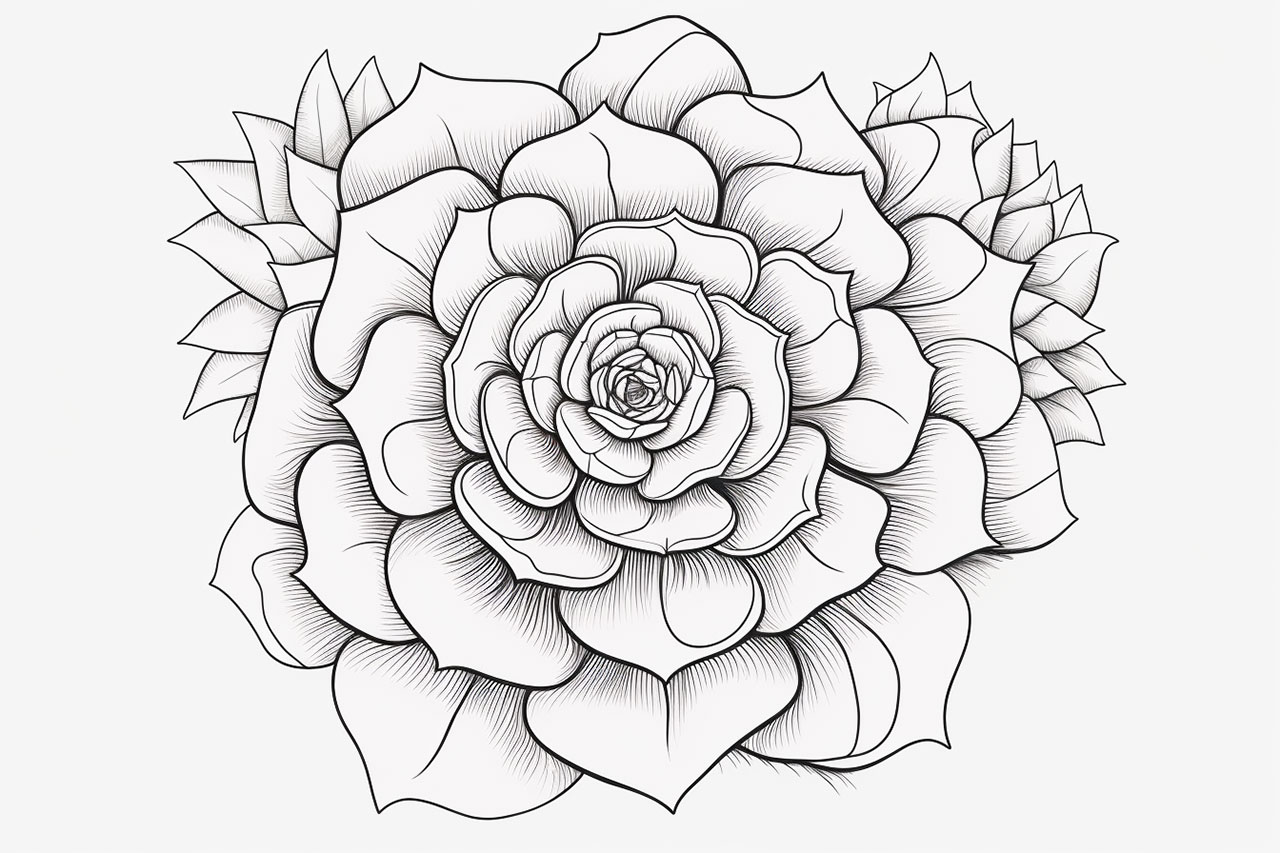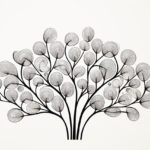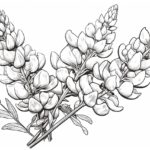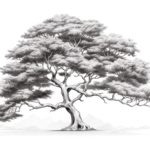Are you ready to bring some greenery to your artwork? Succulents are a popular choice among plant enthusiasts due to their unique shapes and vibrant colors. In this step-by-step guide, we will walk you through the process of how to draw a succulent. No prior drawing experience is required, so grab your pencil and paper, and let’s get started!
Materials Required:
To draw a succulent, you will need the following materials:
- Pencil: A regular graphite pencil, preferably HB or 2B, for sketching and shading.
- Paper: Choose a smooth, medium-weight paper that is suitable for sketching. A sketchbook or drawing pad would be ideal.
- Eraser: A kneaded eraser or a soft plastic eraser for correcting mistakes and refining your drawing.
- Fine Liners: A set of fine liner pens with different tip sizes for adding details to your drawing.
- Colored Pencils or Markers (optional): If you want to add some color to your succulent drawing, gather a set of colored pencils or markers.
Now that you have all the necessary materials, let’s dive into the step-by-step process of drawing a succulent.
Step 1: Observing Succulent Forms
Before you start drawing, take a moment to observe different succulent varieties. Notice their shapes, textures, and patterns. This observation will help you understand the basic structure of succulents and guide you in creating a realistic depiction.
Step 2: Sketching the Basic Shape
Begin by lightly sketching the basic shape of your succulent. Start with a circular or oval shape for the main body of the plant. Keep the lines loose and don’t worry about perfection at this stage. Remember, succulents come in various forms, so feel free to experiment with different shapes.
Step 3: Adding Leaves
Next, start adding leaves to your succulent. Succulent leaves are typically thick and fleshy, with interesting patterns and textures. Use curved lines to create the outline of each leaf, making sure to vary the sizes and shapes. Some succulents have smooth leaves, while others may have jagged or spiky edges.
Step 4: Detailing the Leaves
Once you have sketched the basic leaf shapes, it’s time to add some details. Succulent leaves often have intricate patterns or lines running across them. Take a closer look at your reference or real succulents and replicate these patterns on your drawing. Use a thinner fine liner or pencil to add these details with precision.
Step 5: Shading and Adding Depth
To give your succulent drawing a three-dimensional look, add shading and depth. Identify the direction of the light source in your drawing, and imagine how it would fall on the succulent’s leaves. Use your pencil to create areas of light and shade accordingly. Apply lighter pressure for the lighter areas and increase pressure for darker ones.
Step 6: Adding Texture
Succulent leaves often have a unique texture, with lines, bumps, or dots on their surface. Use your pencil or fine liner pen to carefully add these textures to your drawing. Pay attention to the patterns and irregularities that make each leaf distinctive. This step will bring your succulent drawing to life and make it more realistic.
Step 7: Refining and Cleaning Up
Take a step back and assess your drawing. Look for any areas that need refining or cleaning up. Use your eraser to gently remove any unwanted lines or mistakes. You can also add additional details or make adjustments as needed. This step is crucial as it helps you achieve a polished and professional-looking succulent drawing.
Step 8: Adding Color (Optional)
If you want to add some color to your succulent drawing, now is the time to do it. Use colored pencils or markers to carefully fill in the leaves and add vibrant hues. Consider referring to a reference photo or real succulent to match the colors accurately. Start with lighter shades and gradually build up the intensity of the colors.
Conclusion
Drawing a succulent is an enjoyable and rewarding activity, allowing you to explore nature’s beauty through art. By following these step-by-step instructions, you can create a stunning succulent drawing that showcases the unique characteristics of these fascinating plants. So, gather your materials and let your creativity bloom with a succulent-inspired masterpiece! Remember that succulents are often found in the desert, and you can use them to enhance your landscape drawings.









